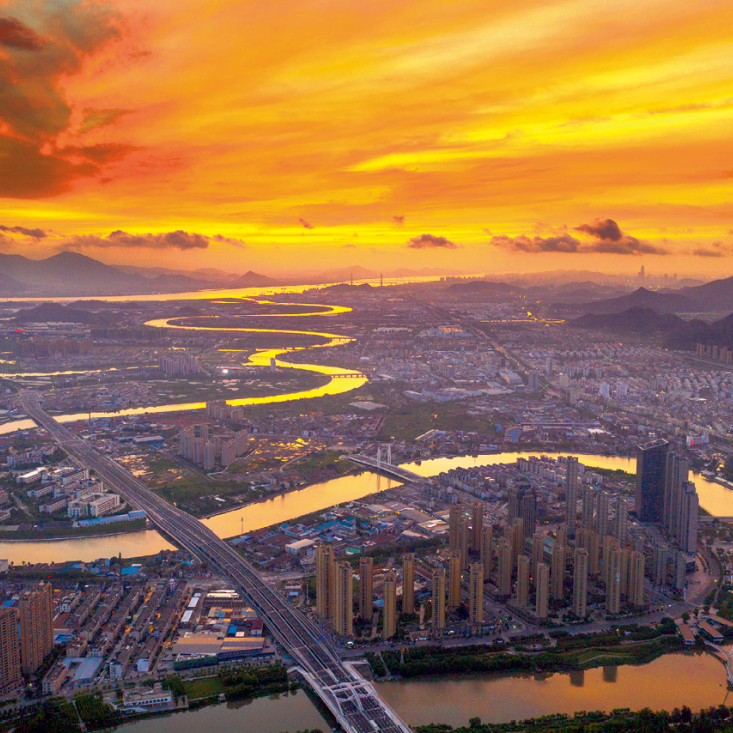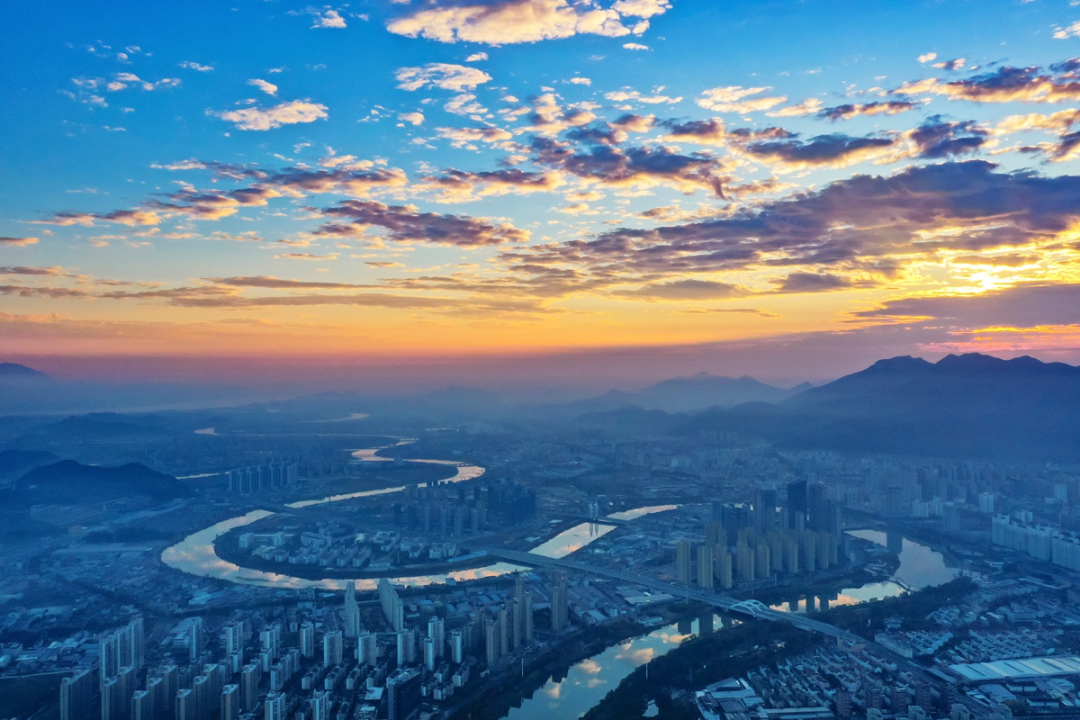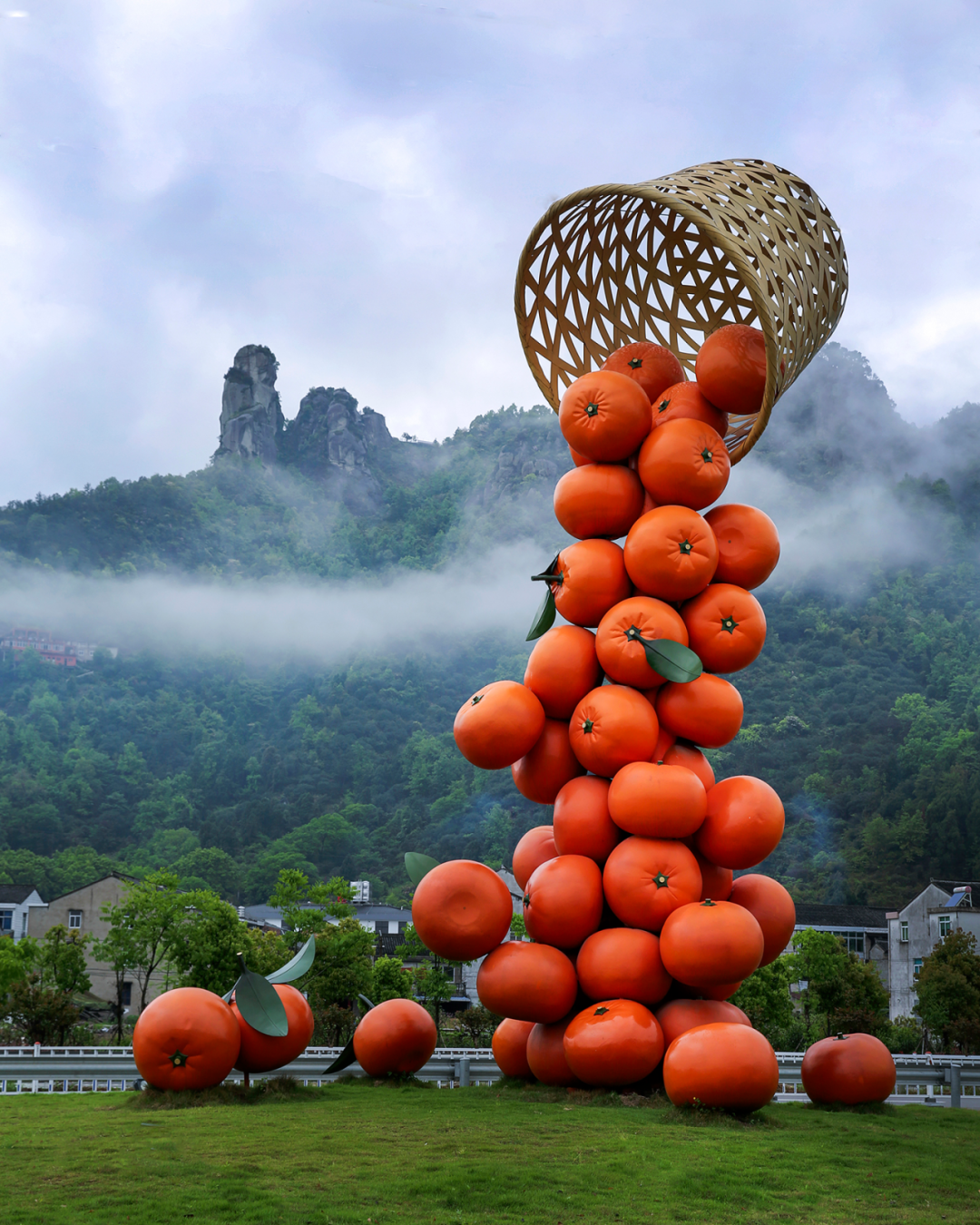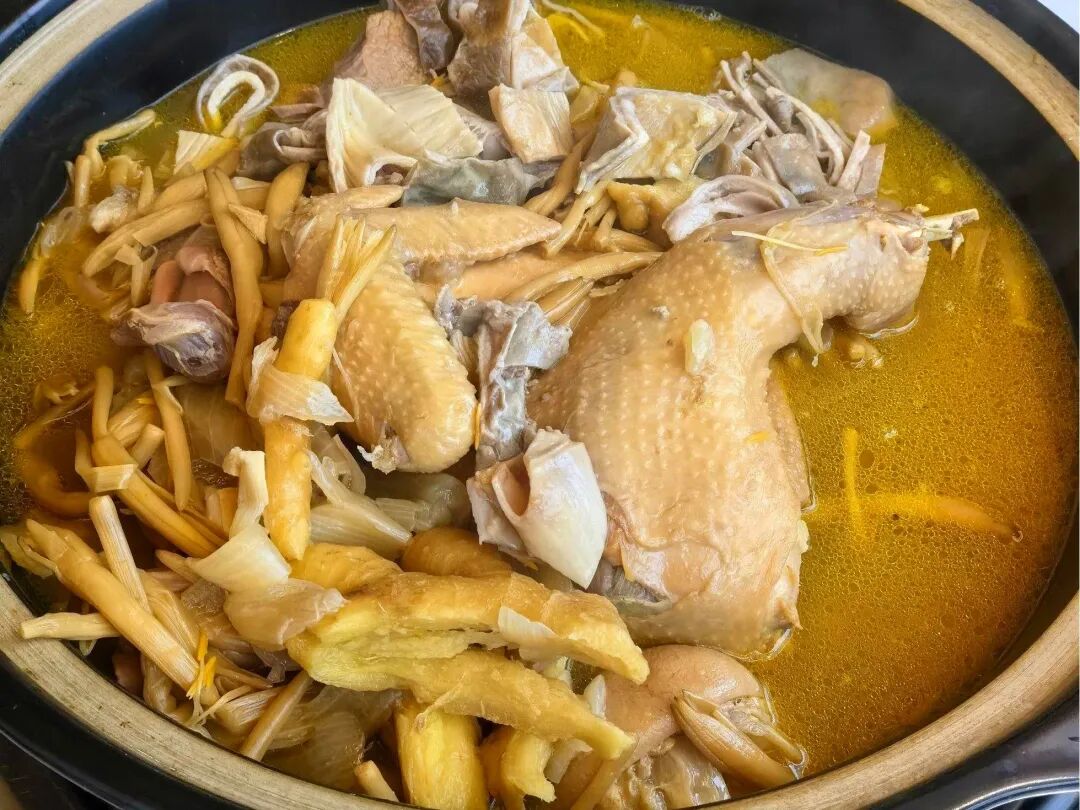Not That Huangyan! While the Island Goes Viral, Zhejiang’s Huangyan Joins the Buzz
Recently, Huangyan Island's approval as a national nature reserve sparked attention, leaving Taizhou residents puzzled about its ties to Huangyan District in Zhejiang—despite sharing the name, they lie a thousand kilometers apart. Today, we spotlight Huangyan District, a 1,300-year-old land of history and culture.

Nestled on Zhejiang's golden coastline, Huangyan is China's "Origin of Mandarin Oranges" and a 2018 "Climate Ecological Zone." Established as a county in the Tang Dynasty, it earned the Song Dynasty title "Little Zoulu" for its cultural prominence. Home to legends like the "Eighteen Jinshi from One Family" and figures like Du Fan, it thrives as a vibrant old industrial hub, earning titles like "China's Capital of Molds" and "China's Capital of Plastic Daily Necessities." This year, it became a national "Cultural Industry-Rural Revitalization Pilot Zone."

Huangyan's landscapes captivate: Jiufeng Scenic Area cradles the millennium-old Ruilong Sensor Pagoda; Rouchuan's bamboo groves and streams enchant; Changtan Lake and Huangyan Grand Waterfall dazzle like pearls. Historic gems abound—the 800-year Wudong Bridge, the labyrinthine "36 Streets and 72 Lanes," Zhejiang's best-preserved Confucian Temple, and Huangyan Grottoes, merging Tang Dynasty relics with modern art.

Tradition meets modernity in its cuisine: paper-thin tangerines, Caoxiang buns with ginger-walnut custard, spicy ginger noodles, and slow-cooked Changtan carp or Xianren Chicken showcase local flavors.
